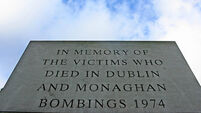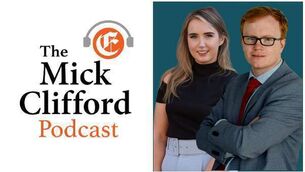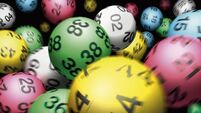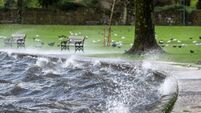Success of junior cycle reform will need to be assessed
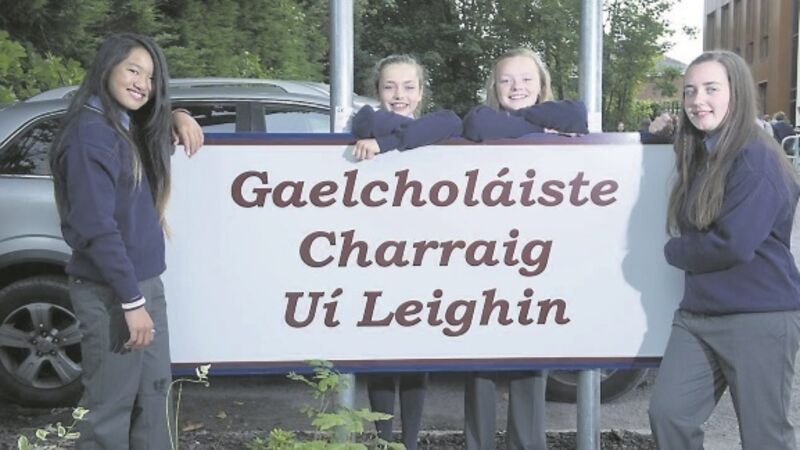
DESPITE all the industrial relations difficulties of the last three years over assessment of students in schools, the question of measuring outcomes is just one aspect of the bigger picture of junior cycle reforms.
It remains to be seen how 27,000 members of two teacher unions will vote on whether or not to implement the plans, but they will have a clear picture of what is involved.
There have been various changes to the framework on which the revised three-year junior cycle is proposed to be built, particularly in the past 12 months since Education Minister Jan O’Sullivan engaged more with the unions than her predecessor Ruairi Quinn had in the previous two years.
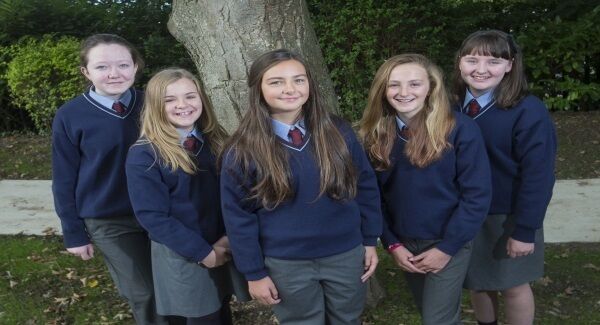
In order to provide a more coherent understanding of what is on the table, she yesterday published the Framework for Junior Cycle, a 60-page document outlining the key elements.
While much of it is underpinned by abstract-sounding principles, the reduced prescriptiveness of what happens in schools is put forward as an advantage of the new system, should it be accepted and implemented by teachers. As well as new curricula in most subjects, with English already being taught since last year to students now entering second year, schools would have greater freedom to choose what is taught.
Instead of taking a raft of mandatory subjects, students will have a range of options, with only English, Irish, and maths set as core subjects for everybody. They can take up to 10 subjects for assessment by the State Examinations Commission (SEC), which will continue to set and mark Junior Certificate exams at the end of third year.
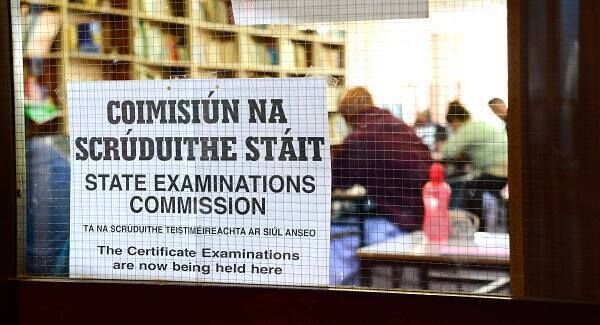
The option will also be available to take a range of short courses, which can be combined with traditional full subjects. These courses can be designed by a school itself, or it can follow those developed by the National Council for Curriculum and Assessment (NCCA) in coding, digital media literacy, artistic performance, Chinese language and culture, physical education (PE), social, personal and health education (SPHE), or civic, social and political education (CSPE).
From 2017, SPHE, CSPE, and PE will be integrated into a wellbeing curriculum, added to the mix during the renegotiation of the junior cycle changes earlier this year at Ms O’Sullivan’s request. Other aspects of this programme may include the provision of guidance or other areas that contribute to young people feeling confident, happy, healthy, and connected.
For small numbers of students in most schools who have particular special educational needs which prevent them from accessing some or all junior cycle subjects or courses, new programmes will be offered.
Set at level 2 on the National Learning Framework, they focus on social, personal and pre-vocational skills to prepare students for further study, work and life. Five learning units have been developed by the NCCA in communication and literacy, numeracy, personal care, living in a community, and preparing for work, as well as short courses in caring for animals and exploring forensic science.
There will be timetabling challenges for principals trying to balance the new combinations of full subjects and short courses with restricted staffing levels. The restrictions on education budgets that have seen teacher numbers limited, through increased pupil-teacher ratios and schools being forced to put guidance counsellors back into teaching roles, will make this a difficult job.
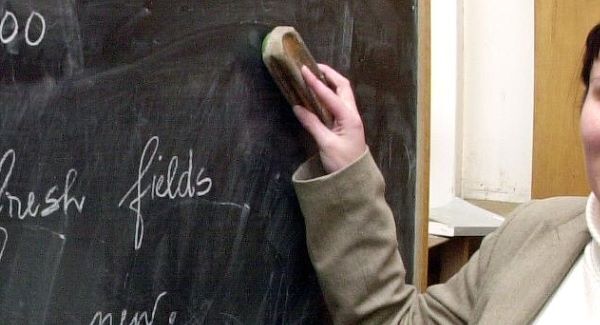
There will be an additional challenge over the coming years of providing suitable substitution cover for teachers who have their class timetables reduced to facilitate preparation for the revised assessment systems, that will see them oversee and mark their own students on two pieces of work — one each in second and third years — for every subject.
This reduction of one period per week, some to be bundled together for subject meetings and other collaborative work with colleagues, was a key element of the details on resourcing the system which were finalised in July.
An additional assessment element, added during negotiations in May between teacher unions and the Department of Education, was that a written task would be undertaken by students based on the third-year assessment to be marked in schools. This written assessment would be a reflection of what they learned or what skills they developed, and would be marked by the SEC.
All these elements would culminate in the awarding, from 2017 onward, of a Junior Cycle Profile of Achievement (JCPA) which will combine results and outcomes in the classroom-based assessments, other ongoing formative assessment in schools, as well as grades from the Junior Certificate exams that will incorporate marks in the third-year assessment task. Also included would be achievements in level 2 learning programmes, wellbeing (from 2020), short courses and other learning experiences or school activities in which a student participated.
All these new systems would be the subject of a suite of training programmes already developed, with others still being designed, and ready to begin this autumn if teachers vote in favour of the programme later this month.








